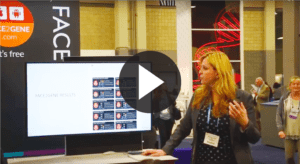Am J Med Genet C Semin Med Genet. 2017 Sep;175(3):320-328. doi: 10.1002/ajmg.c.31568. Epub 2017 Aug 2.
Abstract:
The designation, phenotype, was proposed as a term by Wilhelm Johannsen in 1909. The word is derived from the Greek, phano (showing) and typo (type), phanotypos. Phenotype has become a widely recognized term, even outside of the genetics community, in recent years with the ongoing identification of human disease genes. The term has been defined as the observable constitution of an organism but sometimes refers to a condition when a person has a particular clinical presentation. Analysis of phenotype is a timely theme because advances in the understanding of the genetic basis of human disease and the emergence of next-generation sequencing have spurred a renewed interest in phenotype and the proposal to establish a “Human Phenome Project.” This article summarizes the principles of phenotype analysis that are important in medical genetics and describes approaches to comprehensive phenotype analysis in the investigation of patients with human disorders. I discuss the various elements related to disease phenotypes and highlight neurofibromatosis type 1 and the Elements of Morphology Project as illustrations of the principles. In recent years, the notion of “deep phenotyping” has emerged. Currently, there are now a number of proposed strategies and resources to approach this concept. Not since the 1960s and 1970s has there been such an exciting time in the history of medicine surrounding the analysis of phenotype in genetic disorders.
Read more at: https://www.ncbi.nlm.nih.gov/pubmed/28767187



